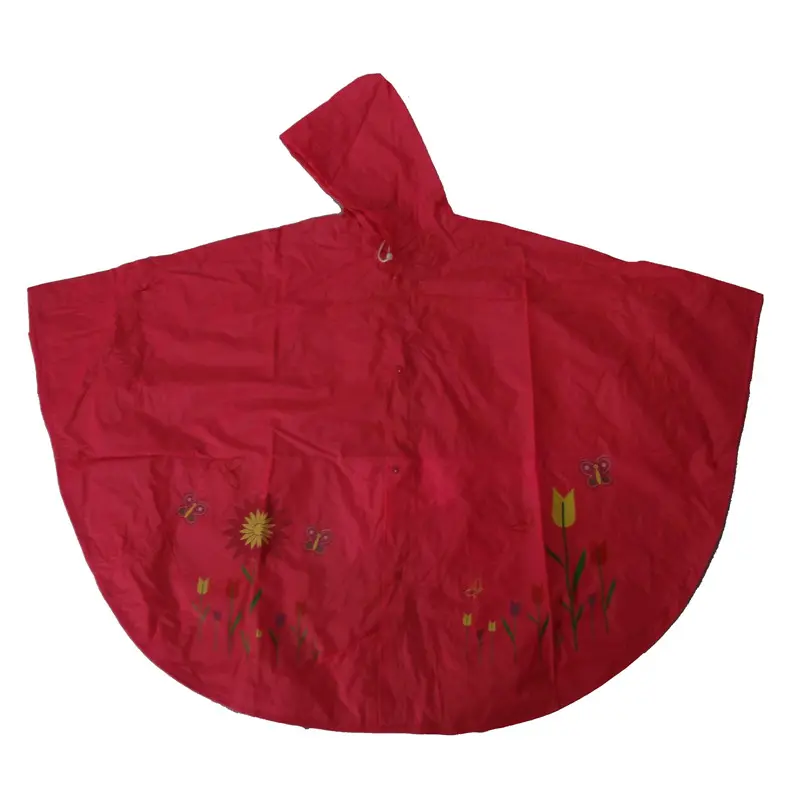Oct . 11, 2024 23:15 Back to list
Exploring Creative Uses for Aprons in Cooking and Beyond
The Significance of the Apron More than Just a Piece of Fabric
The apron, a simple yet versatile garment, has transcended its humble origins to become an iconic symbol in various cultures and professions. From the bustling kitchens of gourmet restaurants to the craft rooms of artists, aprons serve multifaceted purposes that go beyond mere practicality. This article explores the historical significance, emotional connections, and diverse applications of aprons in our modern world.
Historically, aprons date back to ancient civilizations. Evidence suggests that as far back as Ancient Egypt, individuals wore cloth around their waists, primarily to protect their garments while working. Over the centuries, the design and materials of aprons evolved significantly. In the Middle Ages, aprons became essential attire for everyone from laborers to nobility, signifying both status and function. For many, the apron was a badge of honor—an emblem of skilled craftsmanship or culinary prowess.
In today's society, the apron continues to retain its significance across various domains. In the culinary world, chefs often wear aprons as a protective layer against spills, splatters, and burns. But the apron is also a symbol of creativity and passion. The chef’s apron, often adorned with unique designs and logos, reflects personal style and affiliation with specific culinary traditions. Much like a painter’s smock or a gardener’s overalls, a chef’s apron signifies dedication to the craft and the joy of creation.
apron

Aprons are not limited to the kitchen, however. They have found their way into art studios, workshops, and even fashion runways. Artists wear aprons to protect their clothing from paint and art materials while allowing them the freedom to express themselves without constraints. In crafting and DIY projects, aprons provide practicality, offering pockets for tools and materials, thereby enhancing the creative process.
The personal connections we form with aprons can be profound. Many people associate specific aprons with cherished memories of family gatherings, holiday baking sessions, or lessons learned from beloved mentors. Grandmothers often pass down their favorite aprons, imbuing them with a sense of history and nostalgia. Wearing a family apron can evoke memories of warmth, togetherness, and love—an invisible thread linking generations through shared experiences in the kitchen or workshop.
In recent years, the apron has also emerged as a fashionable statement piece. Designers have reimagined traditional apron styles, creating chic and trendy variations suitable for various occasions. The modern apron can be found at brunches, farmers' markets, and even in high fashion. The shift towards sustainable and locally sourced ingredients has also led to a resurgence in the popularity of aprons, as more individuals embrace cooking at home.
In conclusion, the apron is more than just a protective garment; it is a symbol of creativity, heritage, and the deep emotional connections forged in the process of making. As we continue to navigate a fast-paced world, the apron serves as a reminder to slow down, to engage in the tactile joy of cooking, crafting, or creating. Wearing an apron can transform a mundane task into an experience filled with purpose and connection. Whether in the kitchen, at the easel, or within the workshop, the apron remains an enduring and cherished piece of our personal and cultural fabric.
-
Waterproof PVC Work Apron for Workshop & DIY
NewsJul.21,2025
-
Powerful SEO Optimization Tool: Boost Rankings Instantly | Free Trial
NewsJul.21,2025
-
High-Quality Body Storage Bags – Reliable Manufacturer, Factory & Exporter
NewsJul.08,2025
-
High-Quality PE Cadaver Bag for Pets Reliable Manufacturer & Supplier
NewsJul.08,2025
-
Medical Depot - Leading Medical Depot Factory, Manufacturer & Exporter
NewsJul.08,2025
-
High-Quality Work Raincoat – Reliable Manufacturer & Exporter Direct from Factory
NewsJul.07,2025





